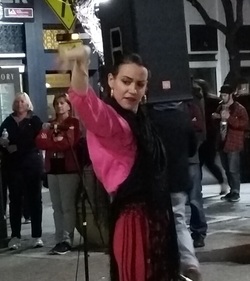 Performing at the Santa Ana Artwalk as a guest of Claudia de la Cruz's Flamenco Institute.
Performing at the Santa Ana Artwalk as a guest of Claudia de la Cruz's Flamenco Institute. Well, as you know if you've been keeping up with me, I have since learned that I have Lupus. The mysterious pains were because of the Lupus. So I found myself welcoming Lupus in 2015 and like I said when I first announced I had Lupus, I welcomed the diagnosis because I finally knew what I was dealing with. Maybe committing to a year of "welcoming" in 2015 readied me for the news I had long suspected was coming.
I still feel I am in the same transition process that I wrote about a year ago. I am not really sure what is coming up next for me. I feel like I am barely catching up with myself now. I'm just getting used to regular doctor's visits and understanding how the Lupus behaves in my body. I'm just now understanding what my body is trying to tell me at any given time.
So this year, I want to write a love letter to my body. I want to thank this body of mine for carrying me through this life so far. I want to thank it for the simple things like allowing me to walk, to run, to see, taste, smell, touch, and hear. I want to share my gratitude for this body that has allowed me to combine those skills and senses in a way where I could make music and art with it.
I want to thank my body for carrying me en compás* all of these years, enduring muscle aches, cuts, sprains, and all kinds of pain so that I could transmit my feelings, my life, through Flamenco. Every twirl of the fingers, every snap of the head, every arch of my back, every remate, every stretch of my arms to the sky has been because of this body meeting the demands I have made of it. My poor body even put up with me when my demands were totally unreasonable, like the years I spent in disordered eating. It has more than bounced back since I worked on healing that issue.
So now it is time for me to really repay my body. Right now it feels like it's screaming at me, trying to get me to pay attention. So I promise I'm going to try and listen. I know that as a dancer, and therefore an athlete, I often push past the fatigue and the pain in order to deliver the best performance I can give. The thing is, I don't want to give up dancing, and honestly, I don't think my body wants me to either. In fact, I feel like I've had some of my best performances lately. It's as if everything I've been going through has fueled a new level of emotion that needs to get out. My body and I both need the catharsis.
So as long as this body lets me, I'll keep dancing. What I do promise to do is to find balance around it. If I have a show one night, nothing else happens that day or the next. I will eat nutrient-dense food, drink lots of water, get a lot of sleep, take epsom salt baths, get a lot of sleep, meditate, do yoga and my physical therapy exercises, get a lot of sleep, protect myself from the sun, wear my compression socks, keep my hands and feet warm, take my medication and supplements, and get a lot of sleep.
Most importantly though, I will learn to trust. This body of mine knows what it needs and what I need. I will not be "cured" because there is no cure for Lupus, but there is a lot of healing to be done and I trust that my body knows exactly what that is. All I have to do is trust and listen, the same way I have always trusted that my body would absorb the Flamenco I so desperately wanted to learn. Now I want to learn about healing and I trust that my loving body will teach it to me.
* Definitions:
en compás--in time, in rhythm.
remate--a phrase of steps that brings a section to a close, usually in a climactic way.
What are ways in which you are thankful for you body? Feel free to share in the Comments section.
Did you find this article helpful? Feel free to Like and Share it with the links below.
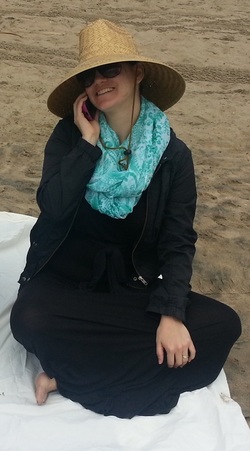
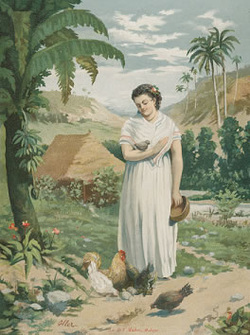
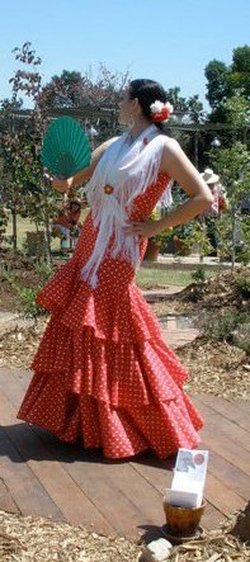
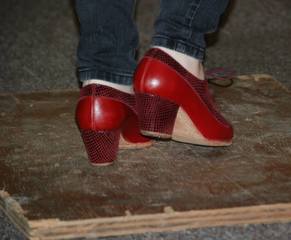
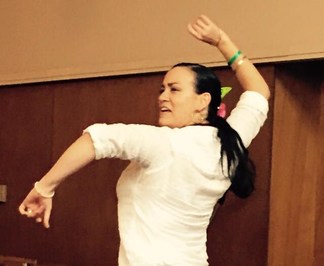
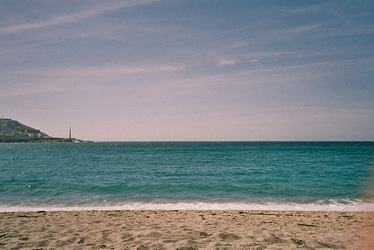
 RSS Feed
RSS Feed
